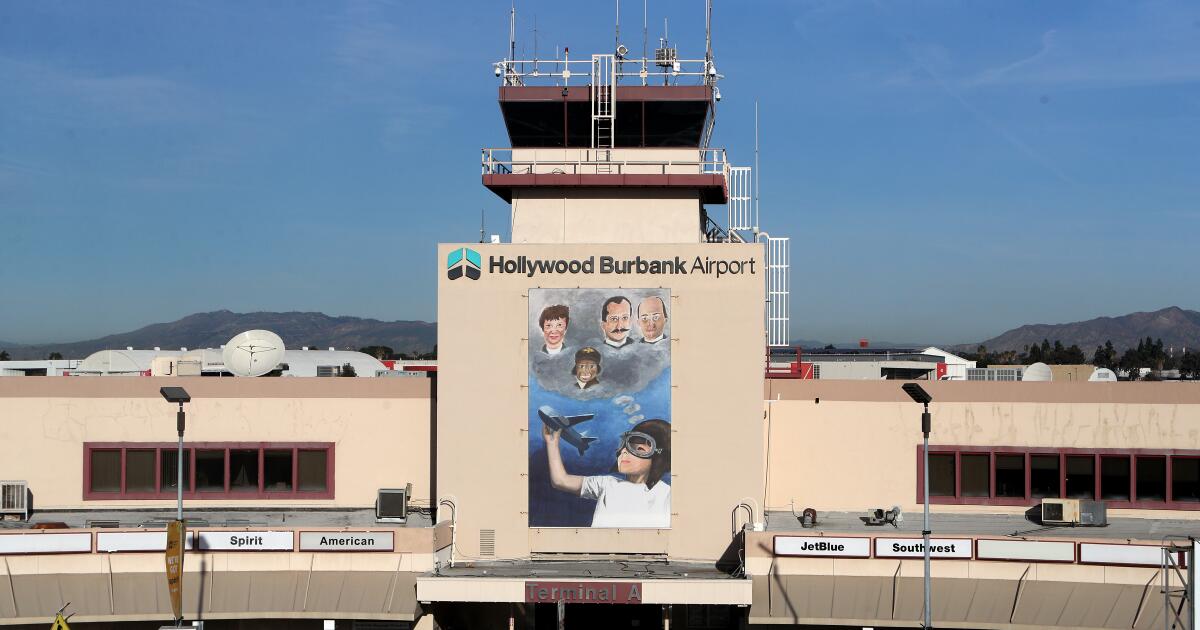Southwest flight from Burbank drops hundreds of feet to avoid possible collision
A Southwest flight climbing away from Burbank Airport suddenly descended hundreds of feet Friday afternoon, possibly to avoid a mid-air collision.
The drop of around 500 feet came moments after the plane had been gaining altitude steadily since takeoff, causing tense moments on the plane. Passengers said on social media that they were startled by the move.
A military jet was headed southwest to Naval Base Ventura County in Point Mugu and was at a similar altitude — 14,525 feet — when the Southwest flight dropped, per Flightradar24.
The planes were around five miles apart and within 400 vertical feet of one another, headed in opposite directions, when the Southwest flight took evasive action, flight data on the website showed. The fighter jet stopped its own steady descent and maintained its height for several minutes after the incident.



Are they really required to obey?
I was under the impression that as PIC you can tell ATC that you are unable to follow instructions but you better be able to back it up later (ie. Flying VFR and ATC tells you to fly into a cloud). Following TCAS over ATC is definitely defensible unlike the famous 1NR. I don’t know if it’s required but it certainly seems like a good idea
Edit: I skimmed the AC from 1993 wrt TCAS:
https://www.faa.gov/documentLibrary/media/Advisory_Circular/ac120-55A.pdf
Again I skimmed not read so don’t take my next statement as proof of anything, especially if you will operate as PIC:
Generally speaking, follow TCAS unless doing so would be more dangerous
AIM 4-4-16.b.2-3
Follow RA instructions to the extent required. Communicate with ATC as soon as practical. ATC is not formally providing traffic separation service to you until you are back to following their instructions.
Always take any action needed to ensure the safety of flight, even if it’s against an RA.
AIM is not regulation, but it certainly reflects the FAA’s view of pilot training.